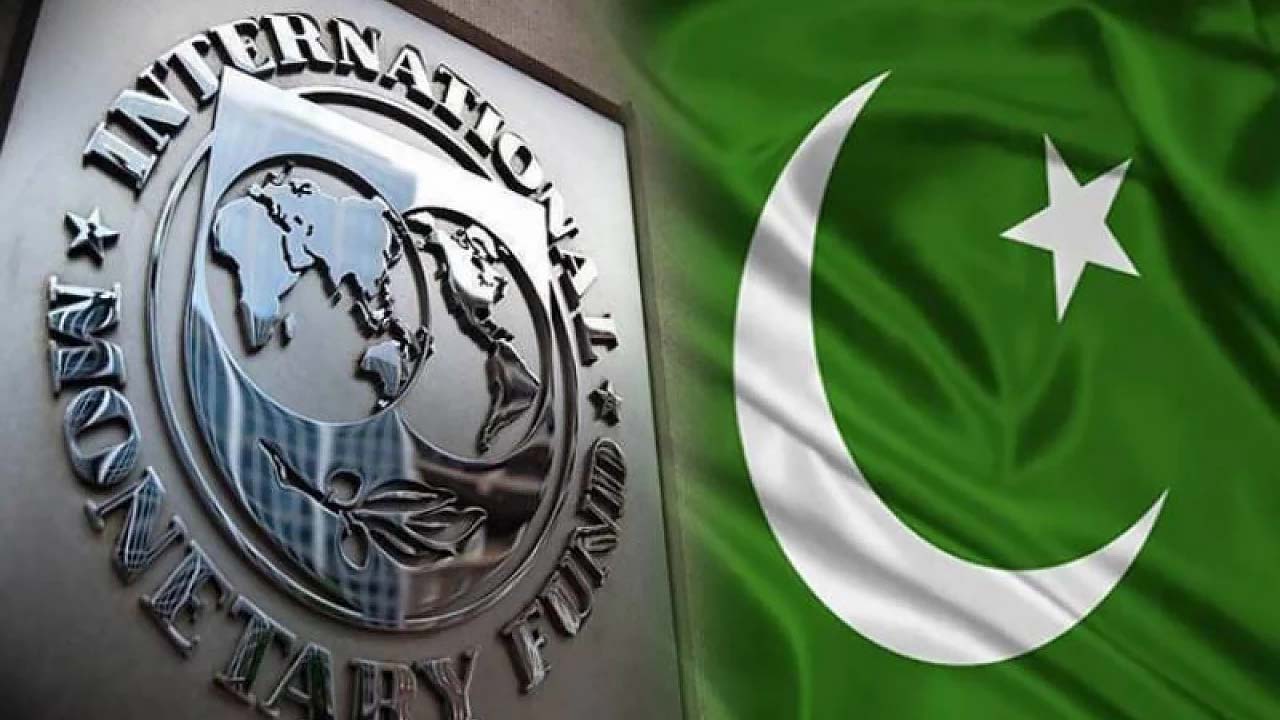PTBP Web Desk
The International Monetary Fund (IMF) has expressed concern that severe flooding in Pakistan during the third quarter of 2025 could have a greater impact on economic growth, inflation, and the current account than currently projected. The Fund, however, noted that these estimates remain uncertain due to unpredictable weather patterns and external factors affecting global trade and financial markets.
In its latest publication, “Regional Economic Outlook: Middle East and Central Asia, Resilience amid Uncertainty — Will it Last?”, the IMF stated that Pakistan’s economy has shown signs of stability this year, but warned that natural disasters could reverse some of the hard-won gains in growth and inflation control.
The IMF cautioned that the floods might intensify inflationary pressures and strain the country’s fiscal balance. While Pakistan has benefited from lower food and energy prices this year, these temporary factors may not last. The report projected that inflation would rise again in 2026, mainly due to the normalization of global commodity prices and the gradual phasing out of short-term electricity subsidies introduced to cushion households.
Despite these challenges, Pakistan’s economic growth is forecast to increase to 3.6 percent in 2026, supported by ongoing reform implementation, stronger financial confidence, and an improved external environment.
The IMF’s projections for Pakistan’s external sector suggest a moderate recovery in trade. Exports of goods and services are expected to climb from USD 40.7 billion in 2025 to USD 42.1 billion in 2026, reflecting an increase in global demand and gradual improvements in industrial productivity.
Conversely, imports are also projected to rise—from USD 70.1 billion in 2025 to USD 74 billion in 2026—due to growing domestic consumption and higher import costs associated with raw materials and fuel.
Pakistan’s fiscal deficit is expected to narrow, improving from -5.3 percent of GDP in 2025 to -4.1 percent in 2026. The Fund attributes this progress to continued fiscal discipline, tax reforms, and energy subsidy rationalization.
The country’s gross external debt is anticipated to increase slightly from USD 30.1 billion to USD 30.6 billion, while foreign exchange reserves are expected to rise from USD 14.5 billion in 2025 to USD 17.7 billion in 2026, reflecting better balance-of-payments management and external inflows.
The IMF report also highlighted potential fiscal and financial vulnerabilities, warning that higher borrowing costs could increase the debt burden of countries such as Pakistan, Egypt, and Algeria. In these economies, banking sectors hold large shares of sovereign bonds, creating additional risks if government financing needs rise.
In the Middle East, North Africa, Afghanistan, and Pakistan (MENAP) region, the Fund observed that fiscal balances are expected to improve as tax policy reforms and energy subsidy adjustments gain traction. For Pakistan, reforms in tax administration and energy pricing have been instrumental in stabilizing fiscal accounts and mobilizing domestic revenues.
The IMF emphasized that Pakistan’s tax and energy sector reforms are crucial for building long-term economic resilience. Structural measures such as tax broadening, digitalization of public finance, and diversification of the energy mix have helped strengthen fiscal capacity and reduce external vulnerabilities.
Across the MENAP and Caucasus and Central Asia (CCA) regions, recent reforms—ranging from energy price adjustments in Uzbekistan to diversification programs in Morocco, Jordan, and Saudi Arabia—have sustained growth despite global challenges.
According to the report, GDP growth in the MENAP region is projected to reach 3.2 percent in 2025, up from 2.1 percent in 2024, signaling an upward revision of 0.6 percentage points compared to earlier forecasts.
Despite ongoing global trade disruptions, the report noted that MENAP and CCA economies largely avoided the worst consequences of higher U.S. tariffs. The expiration of the 90-day U.S. tariff pause in April 2025 led to a moderate increase in duties, but for most regional economies, including Pakistan, effective tariff rates stabilized between 10–15 percent by September.
Fortunately, the IMF observed that the impact on exports was limited, as U.S. trade represents only about 4.5 percent of total merchandise exports from these regions. Additionally, oil products—a significant import for Pakistan—were exempt from new tariff measures, mitigating potential external shocks.
Remittances continued to play a crucial role in stabilizing Pakistan’s economy, particularly as inflows accelerated in 2025. According to the IMF, remittances from overseas Pakistanis, along with strong tourism revenues in Egypt, Morocco, and Tunisia, supported domestic demand and current account balances across the region.
In Pakistan’s case, these inflows have been vital for maintaining foreign exchange reserves and cushioning the impact of external price shocks. The IMF also noted that rising agricultural output following favorable weather conditions has contributed to improved rural income and economic stability.
Addressing a press conference, Jihad Azour, Director of the IMF’s Middle East and Central Asia Department, said the region has shown remarkable resilience despite global uncertainty.
“Despite a year marked by trade tensions and regional conflicts, the economies of the Middle East, North Africa, Pakistan, and the Caucasus in Central Asia have held up better than expected,” he said.
Azour added that growth in Pakistan and other oil-importing countries benefited from low energy prices, strong remittances, and vibrant tourism sectors, all of which boosted domestic demand.
He projected that regional growth would continue to strengthen through 2026, driven by structural reforms and continued macroeconomic stability.




